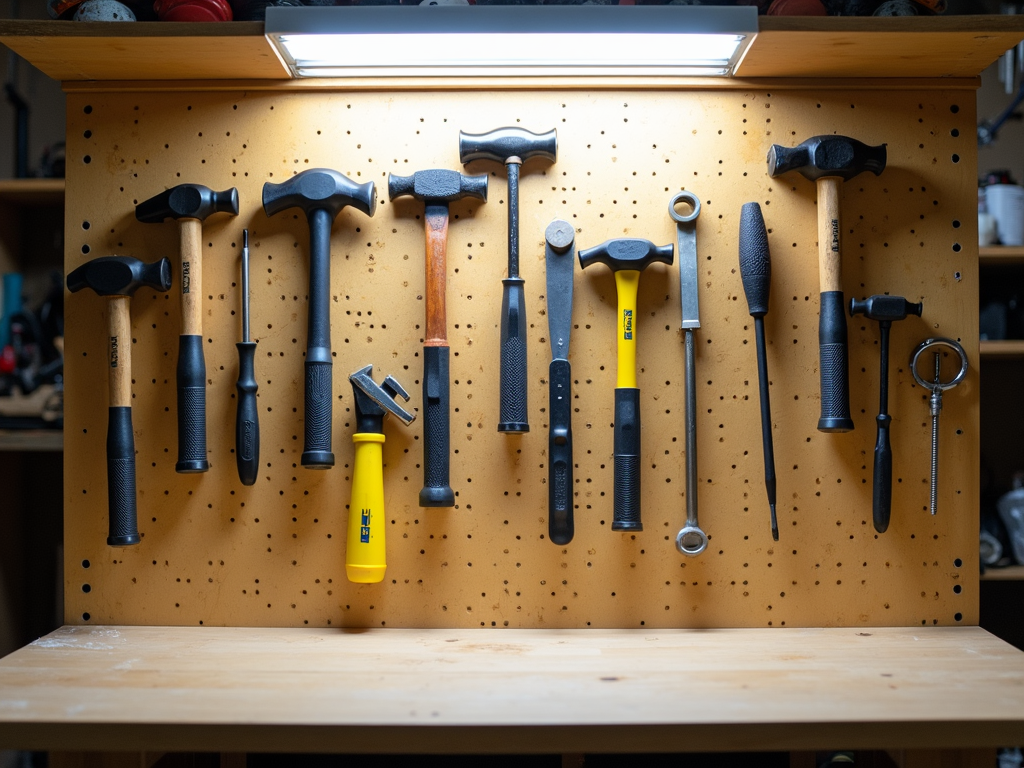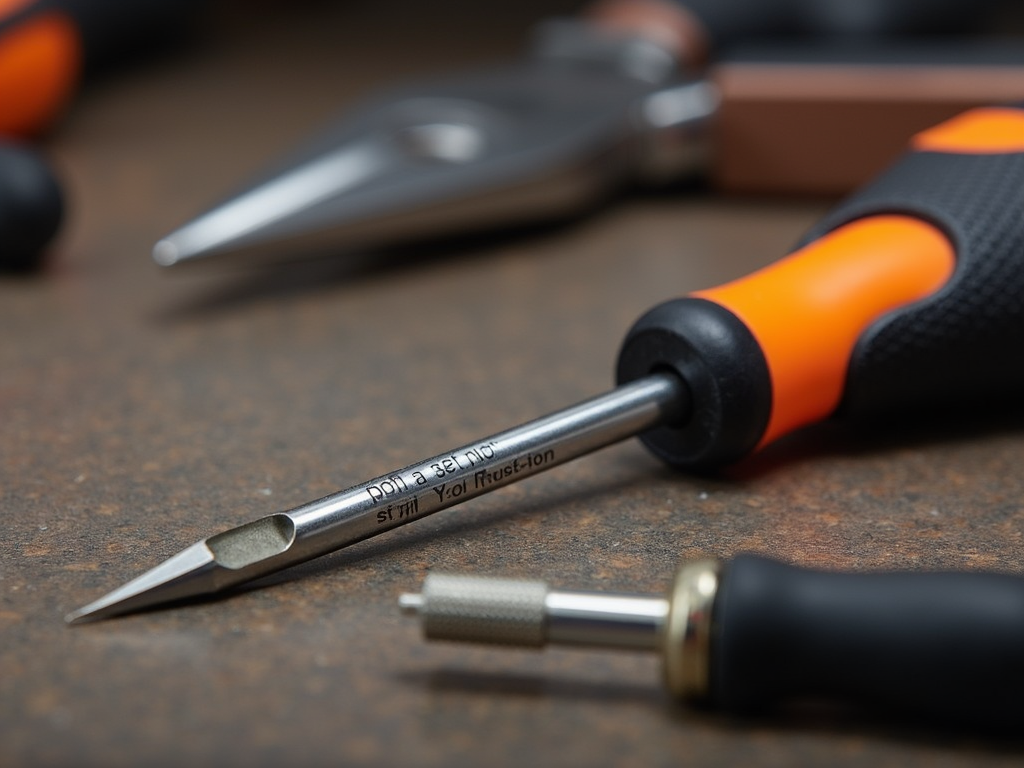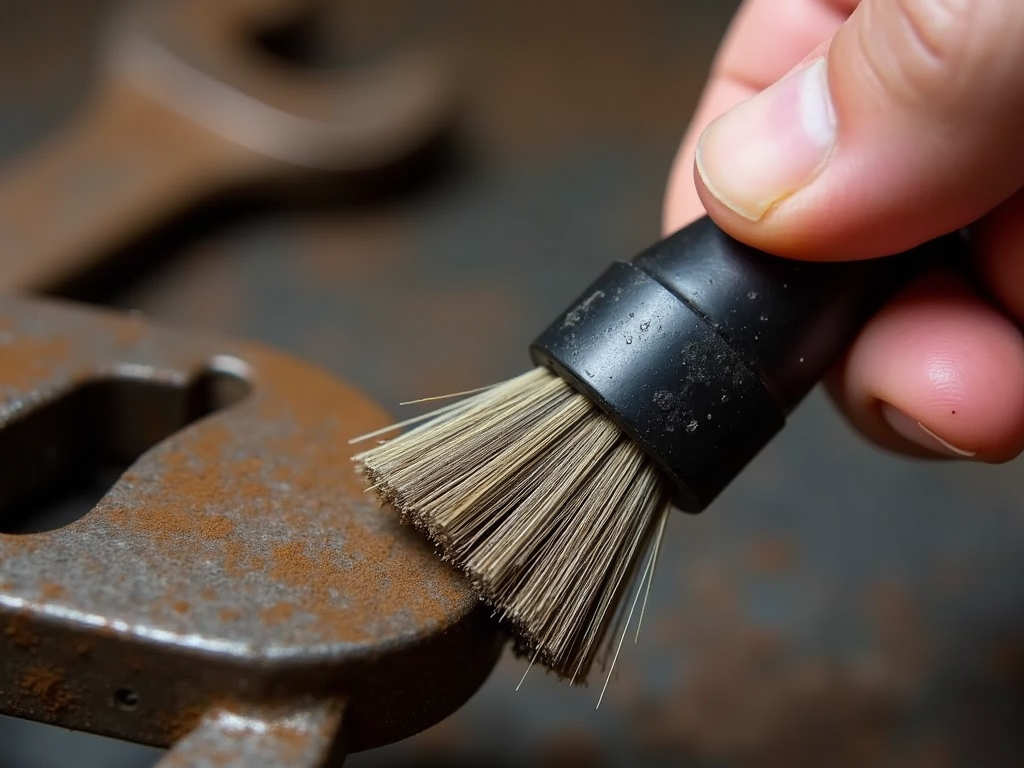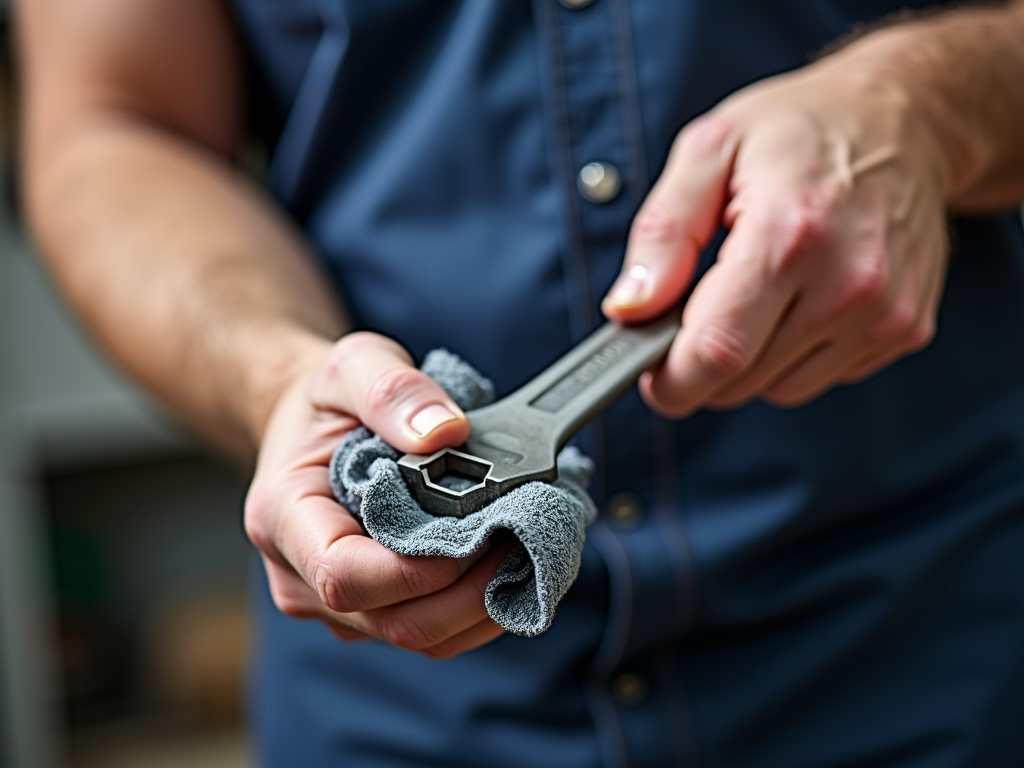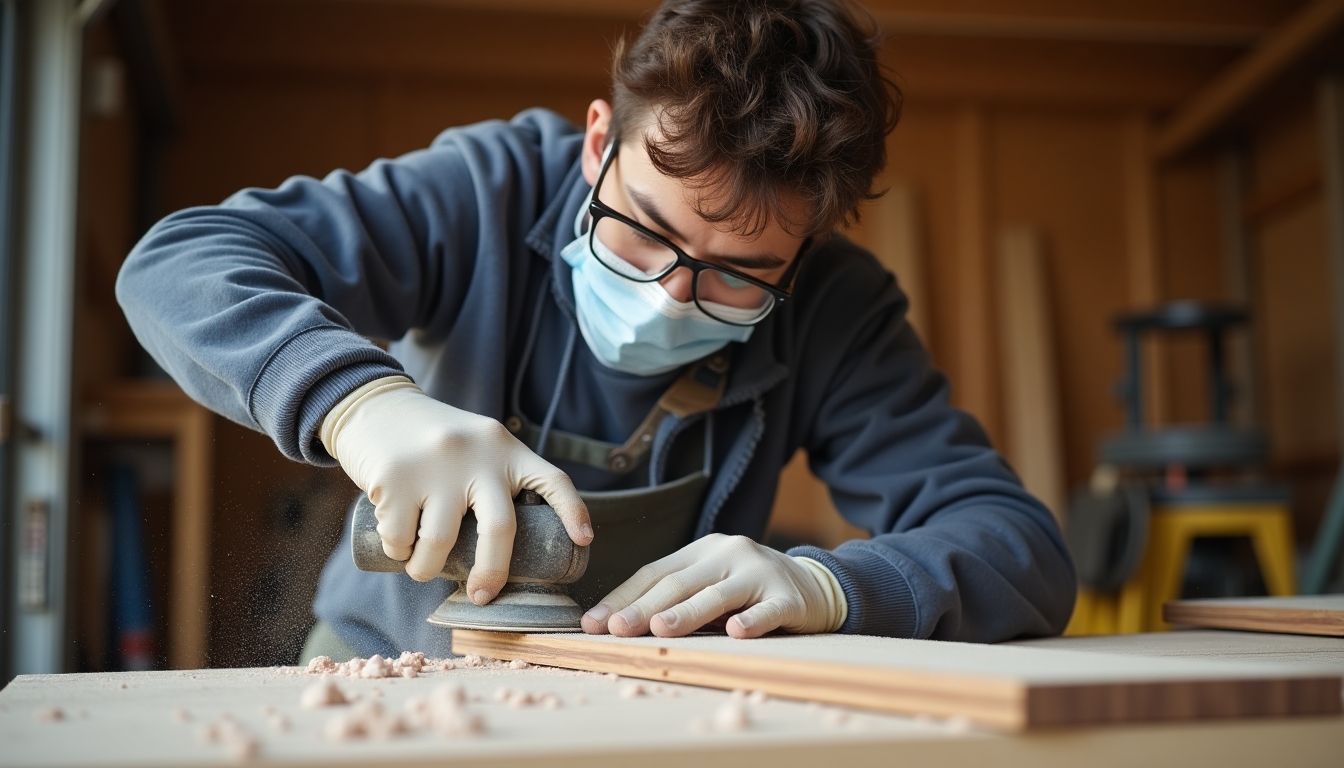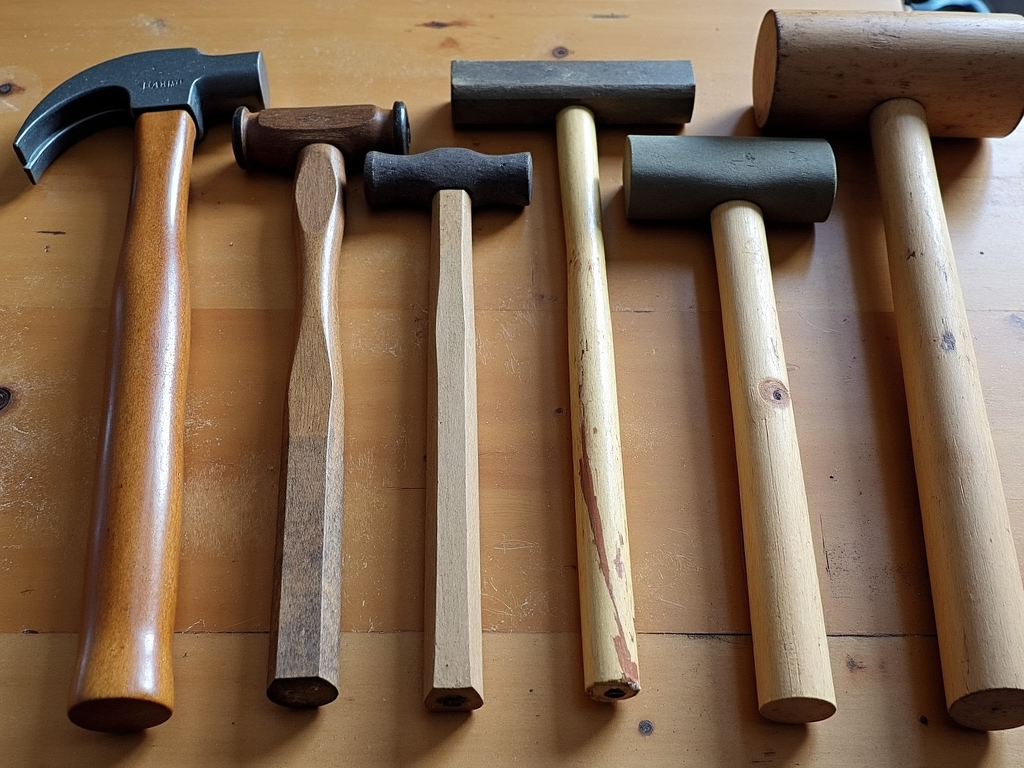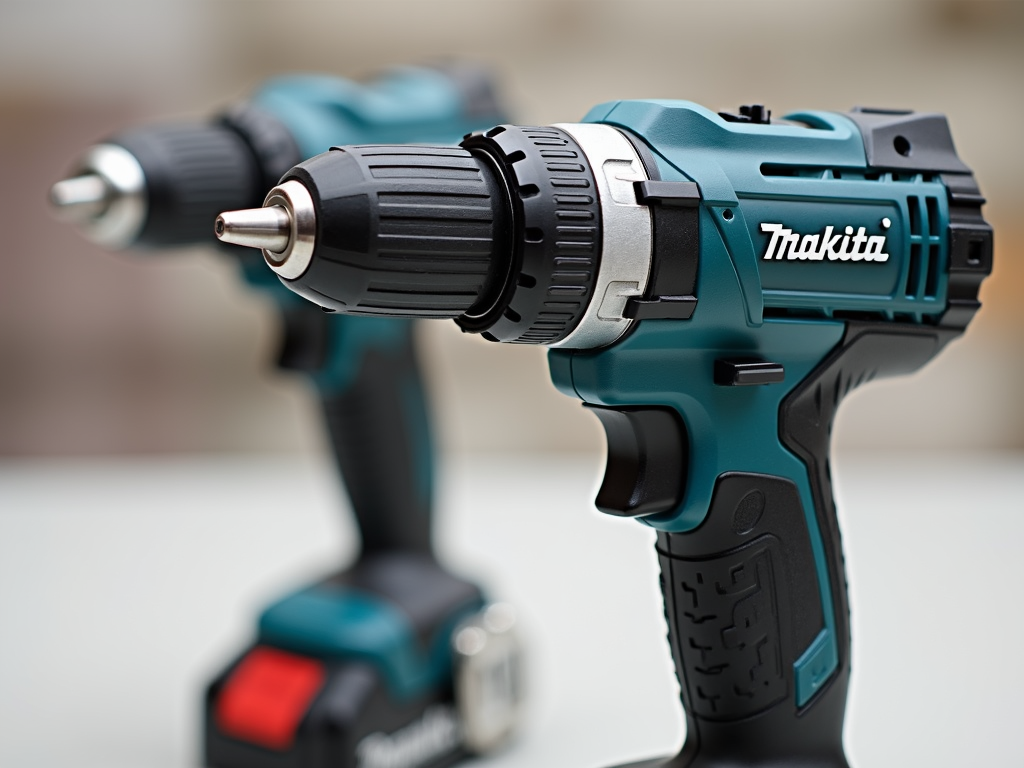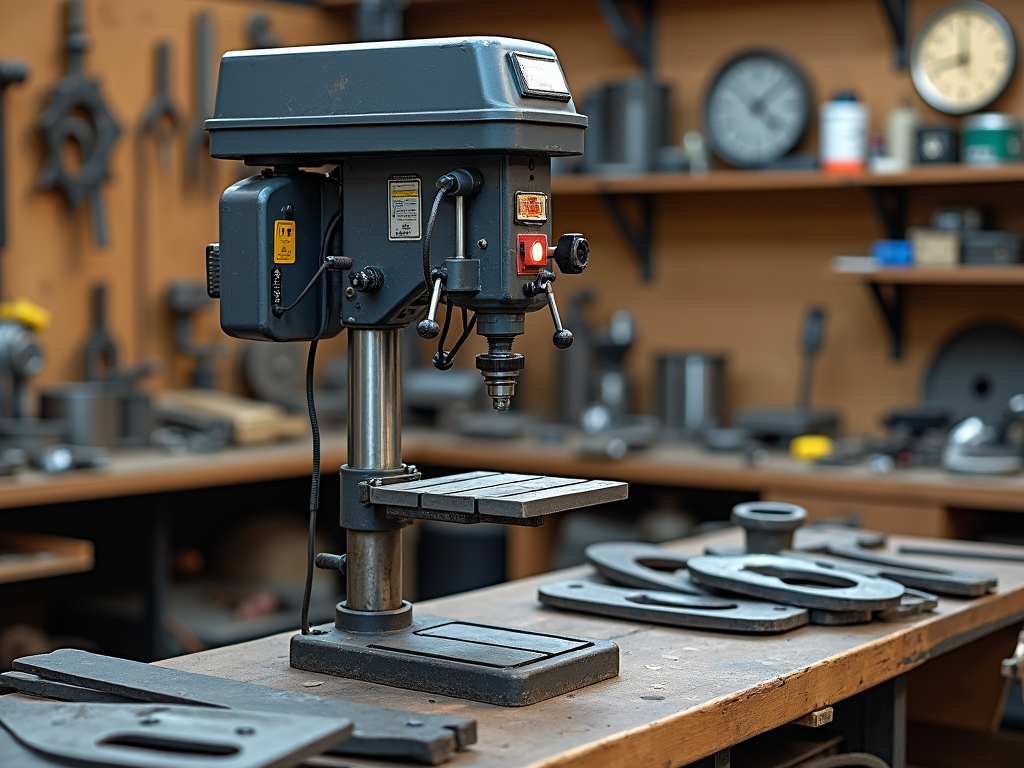Overview
Tools are a workman’s best friend, but they need care to stay in top condition. This article shares practical maintenance tips for keeping your tools in top condition, from hammers to power drills. Expect actionable advice to make your workman tools last longer and work better.
General Maintenance Tips
Start with the basics to keep your tools in great shape. Clean them after every use—dirt and grime wear them down over time. Store them in a dry spot to stop rust from forming. Check them regularly for damage and fix or replace anything that’s broken. Lubricate moving parts so they stay smooth. These simple steps make a big difference. For more ideas, see Popular Mechanics: How to Maintain Your Tools.
Hammers
Hammers are a staple among workman tools, and they need regular attention. Look at the handle for cracks or splinters—if it’s damaged, replace it. Make sure the head stays tight on the handle; a loose one is a safety risk. Wipe the head clean after use to remove dirt or residue. A well-cared-for hammer drives nails better and lasts years.
Image Paragraph 1
Prompt: A side-by-side comparison of two hammers: one well-maintained with a clean head and intact handle, and another with a dirty head and cracked handle.
Alt Text: Comparison of a well-maintained hammer and a neglected hammer.
Screwdrivers
Screwdrivers are small but mighty workman tools that need care too. Keep the tips clean—built-up debris can strip screws. Store them in a rack or holder so the tips don’t get banged up. If a tip wears down or gets damaged, replace the screwdriver. Sharp, clean tips make your work faster and safer.
Image Paragraph 2
Prompt: A set of screwdrivers neatly organized in a holder, with clean and sharp tips.
Alt Text: Well-maintained screwdrivers in a holder.
Wrenches
Wrenches tighten and loosen bolts, so they need to grip well. Clean them after use to get rid of grease and dirt. Check the jaws for wear or damage—a worn wrench slips and slows you down. For adjustable wrenches, add a drop of oil to keep them moving smoothly. Proper care keeps them reliable.
Image Paragraph 3
Prompt: An adjustable wrench with a clean, lubricated mechanism.
Alt Text: Clean and lubricated adjustable wrench.
Power Tools
Power tools are more complex, so they need extra attention. Always follow the maker’s maintenance guide. Keep them dust-free—clogged vents overheat motors. Check cords and plugs for cuts or wear before each use. Store them somewhere dry to avoid rust or electrical issues. For safety tips, check OSHA’s Hand and Portable Powered Tools and Equipment.
Image Paragraph 4
Prompt: A power drill with a clean body and intact cord.
Alt Text: Well-maintained power drill.
Regular Inspections and Repairs
Catching problems early saves your tools. Set a monthly check-up time. Look for rust, wear, or cracks. Fix small issues right away—replace a handle or tighten a part before it worsens. Here’s a quick guide:
Table: Sample Tool Inspection Schedule
| Tool Type | Inspection Frequency | What to Check |
|---|---|---|
| Hammers | Monthly | Handle cracks, head security |
| Screwdrivers | Monthly | Tip wear, handle condition |
| Wrenches | Monthly | Jaw wear, lubrication |
| Power Tools | Before Each Use | Cord damage, cleanliness |
Benefits of Proper Tool Maintenance
Taking care of your tools pays off. They last longer, so you spend less on replacements. Clean, sharp tools work better—your projects go smoother and faster. Plus, maintained tools are safer; a broken one can hurt you or others. It’s worth the effort.
Personal Anecdote
I learned this the hard way. Once, I ignored my hammer’s loose handle. Mid-project, the head flew off and almost hit someone. It scared me straight. Now, I check every tool before and after use. That one mistake taught me maintenance isn’t optional—it’s a must.
Common Mistakes to Avoid
Don’t make these slip-ups. Using a screwdriver as a pry bar bends it. Storing tools in a damp shed invites rust. Skipping cleaning lets gunk build up. Ignoring wear—like a chipped hammer head—can ruin your tool. Avoid these, and your tools stay strong. For more tips, read Fine Woodworking: Tool Maintenance.
Image Paragraph 5
Prompt: A rusted and damaged tool, such as a wrench with corroded jaws.
Alt Text: Rusted and damaged wrench due to neglect.
Tool Maintenance Supplies
You’ll need some basics to keep your tools in top condition. Grab cleaning cloths for wiping down surfaces. Use lubricating oil for moving parts. Rust remover saves metal tools. Sharpening stones keep blades or tips precise. Keep spare parts like handles handy for quick fixes. These make maintenance easy.
Power Tools (Continued)
Let’s dig deeper into power tools. For drills, clean the chuck and bits after use—lubricate the chuck now and then. Saws need sharp, aligned blades; check tension too. Sanders require a clean pad—replace it when it’s worn out, and keep the dust bag working. Follow the manual for specifics.
List: Common Power Tool Maintenance Tasks
- Clean after every use
- Replace worn parts
- Oil moving pieces
- Check cords and plugs
- Store dry
Summary
Good maintenance keeps your workman tools in top condition. Clean them, store them right, and check them often. These habits extend tool life, boost performance, and keep you safe. Use the tips here for hammers, screwdrivers, and more—your tools will thank you.
Related maintenance tips for keeping your tools in top condition:
- The Importance of Tool Safety
- Ergonomic Workbench Setup Tips for a Comfortable and Productive Workspace
- How to Choose Ergonomic Workman Tools
- How to Care for Your Hand Tools Like a Pro
- Essential Hand Tools Maintenance Tips for Every Workman
- Essential DIY Safety Tips for Beginners: A Comprehensive Guide
- Mastering Automation: A Deep Dive into Advanced Electrical Tools
- Choosing the Perfect Hammer for Every Job: A Comprehensive Guide
- Top Innovative Electrical Tools for 2023: A Comprehensive Guide
- The Ultimate Guide to Safety Gear for Construction Workers
- Mastering the Drill Press: Techniques for Better Precision
- How to Prep Your Room for a Perfect Paint Job

